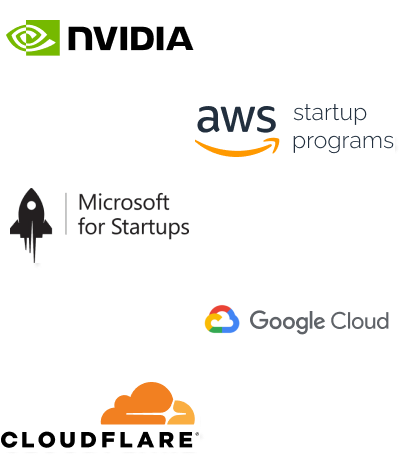- Home
- Services
- IVY
- Portfolio
- Blogs
- About Us
- Contact Us
- Sun-Tue (9:00 am-7.00 pm)
- infoaploxn@gmail.com
- +91 656 786 53
Reusability in UI development means designing interface elements as modular units that can be used in multiple parts of an application. It helps reduce code duplication, simplifies maintenance, and promotes visual and behavioral consistency. Whether you’re working in Flutter or Next.js, embracing reusable components is key to building scalable and efficient applications.
Flutter is centered around widgets. Every part of the interface—from text elements to layouts—is a widget. This makes it intuitive to structure UI code into small, reusable pieces.
class CustomButton extends StatelessWidget {
final String label;
final VoidCallback onPressed;
const CustomButton({
required this.label,
required this.onPressed,
});
@override
Widget build(BuildContext context) {
return ElevatedButton(
onPressed: onPressed,
child: Text(label),
);
}
}
Usage:
CustomButton(
label: "Submit",
onPressed: () => print("Submitted"),
)
This approach keeps your UI consistent and your codebase easier to maintain.
In Next.js, which is built on React, the component model encourages reuse by default. Functional components can be designed to accept props and remain flexible across different use cases.
export default function InfoCard({ title, description }) {
return (
<div className="p-4 border rounded">
<h2 className="text-lg font-bold">{title}</h2>
<p>{description}</p>
</div>
);
}
Usage:
<InfoCard title="Performance" description="Fast load times and high performance guaranteed." />
This ensures that visual components stay uniform throughout your application while keeping the logic DRY (Don’t Repeat Yourself).
Flutter and Next.js both promote UI reusability but take different approaches due to their underlying technologies.
Flutter uses Dart and is structured around a widget-based system. UI is built with code, and styling is handled within the widget tree. This results in a tightly integrated development experience with strong typing and performance optimized for mobile and desktop apps.
Next.js, on the other hand, is based on React and uses JavaScript or TypeScript. Components are written using JSX and styled through a variety of methods like Tailwind CSS, CSS modules, or styled components. This gives more flexibility in how styles and layouts are handled, especially for web development.
While their ecosystems and syntax differ, both tools encourage breaking down UI into logical, reusable pieces that enhance scalability and maintainability.
As your application grows, reusable components save development time, minimize bugs, and ensure consistency in both design and behavior. Whether you’re using Flutter or Next.js, focusing on reusability leads to cleaner code and faster collaboration. It’s not just about efficiency—it’s about building future-proof software.
Imagine reducing your operational costs by up to $100,000 annually without compromising on the technology you rely on. Through our partnerships with leading cloud and technology providers like AWS (Amazon Web Services), Google Cloud Platform (GCP), Microsoft Azure, and Nvidia Inception, we can help you secure up to $25,000 in credits over two years (subject to approval).
These credits can cover essential server fees and offer additional perks, such as:
By leveraging these credits, you can significantly optimize your operational expenses. Whether you're a startup or a growing business, the savings from these partnerships ranging from $5,000 to $100,000 annually can make a huge difference in scaling your business efficiently.
The approval process requires company registration and meeting specific requirements, but we provide full support to guide you through every step. Start saving on your cloud infrastructure today and unlock the full potential of your business.

